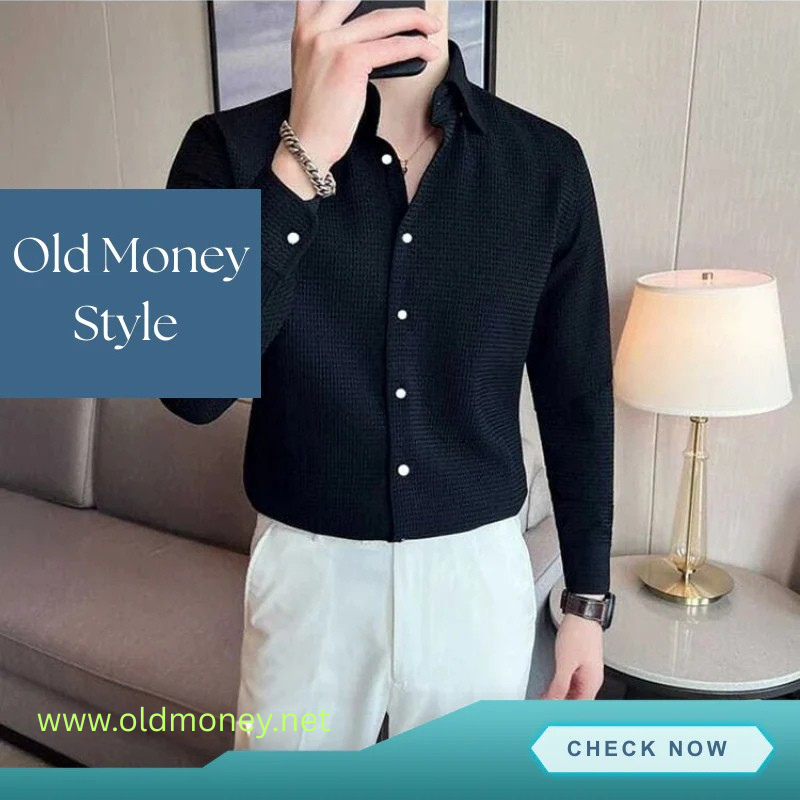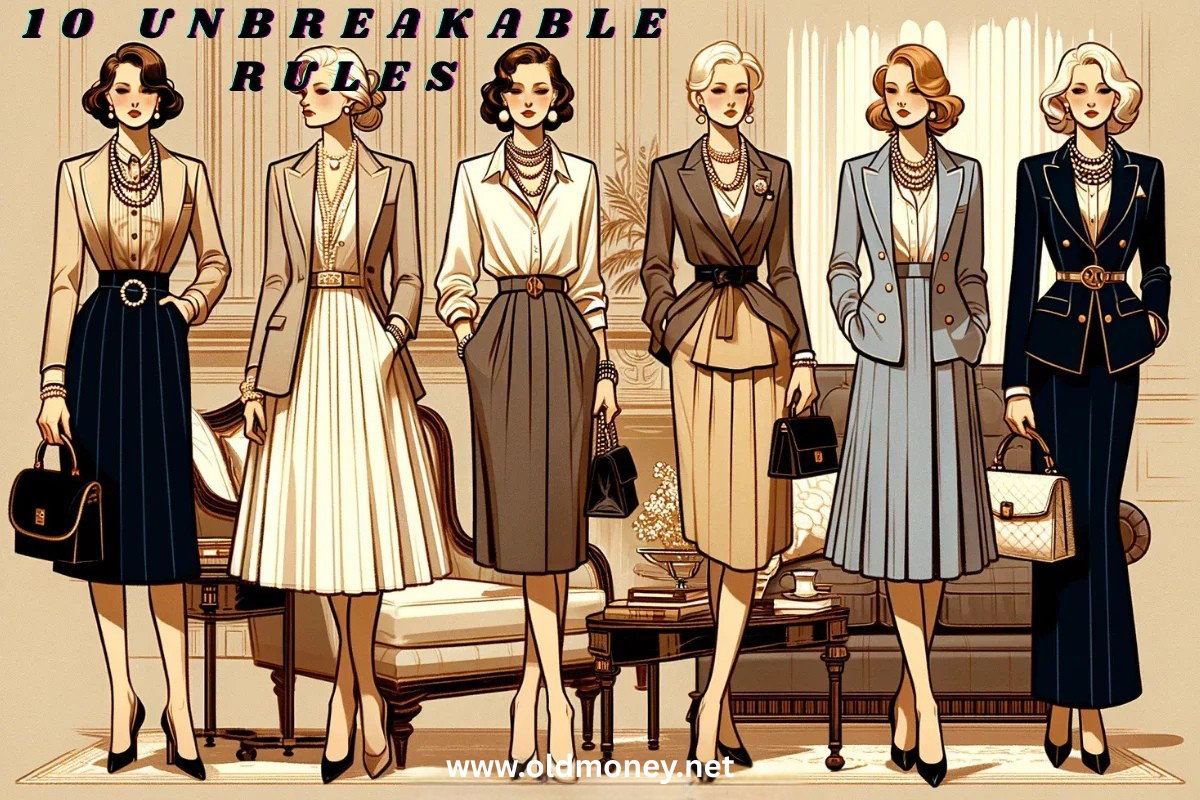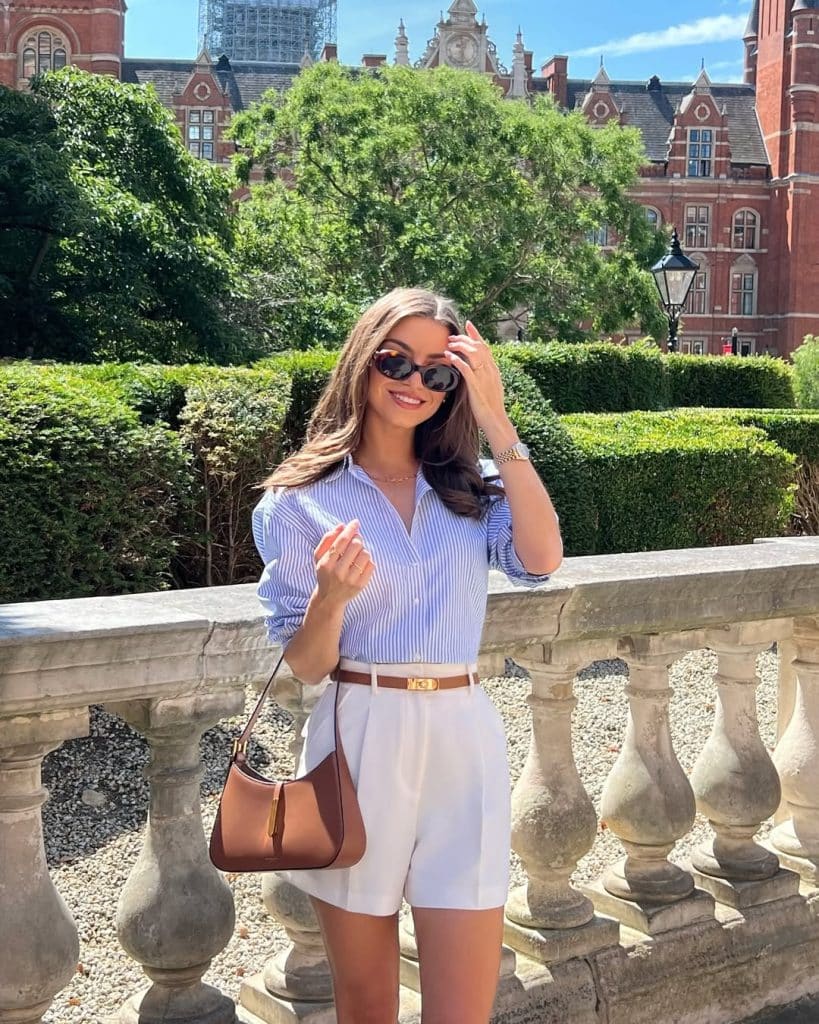
What Is the Old Money Style Manner
The term “old money” describes more than just wealth. It signals a way of dressing, behaving, and moving through the world with understated confidence. Unlike flashy displays of luxury, the old money style manner is rooted in quiet elegance, long-term thinking, and a deep appreciation for tradition. It is the complete opposite of trends. It prioritizes consistency, discretion, and refinement.
This article explains what defines the old money style manner and how you can embody it through dress, demeanor, and everyday decisions—whether or not you come from generational wealth.
1. Understanding Old Money: More Than Just Inheritance
Old money refers to wealth passed down through multiple generations. But culturally, it means more than family legacy. It is about how people carry themselves, make decisions, and signal status without speaking it out loud.
The old money style manner is built on core values:
-
Discretion over display
-
Quality over quantity
-
Consistency over novelty
-
Etiquette over attention-seeking
These values are most visible in how old money women and men dress and interact. Their approach isn’t about chasing fashion trends or going viral—it’s about wearing timeless staples, carrying themselves with calm, and maintaining a level of polish no matter the setting.
2. The Fashion Side of Old Money Style
Old money fashion revolves around well-made, understated clothing. Labels are hidden, fabrics are luxurious but not flashy, and tailoring is precise. The clothing never overpowers the person wearing it.
Typical wardrobe features:
-
Crisp cotton shirts in white, blue, or soft pastels
-
Neutral-toned sweaters and cardigans in cashmere or merino
-
Tailored trousers or pleated pants with perfect fit and drape
-
Unstructured blazers or wool coats with classic cuts
-
Leather loafers, riding boots, or minimal sneakers
-
Scarves, belts, and jewelry that add elegance—not noise
3. The Old Money Color Palette
Color choices are essential. The old money wardrobe avoids anything too loud or trendy. Instead, it leans on safe, sophisticated shades that blend easily:
-
Navy, charcoal, beige, olive, brown
-
Cream, white, and soft blue
-
Occasional accents like burgundy or hunter green
-
Patterns: subtle stripes, checks, herringbone, and tartans
Colors are chosen for mixability, not shock factor. A neutral base gives the wardrobe endless flexibility and ensures that every piece works well with the others.
4. Materials and Fabric Choices
Old money wardrobes are built on premium materials, not logos. You won’t see synthetic blends pretending to be silk or plastic accessories trying to look expensive. Instead, the focus is on honest fabrics:
-
Long-staple cotton
-
Wool flannel, worsted wool, and cashmere
-
Linen (properly pressed)
-
Real leather and suede
-
Silk for ties, scarves, or linings
These fabrics age well and improve with care. They aren’t just luxurious—they’re practical. They breathe, drape properly, and maintain their structure.
5. Tailoring and Fit
Fit is everything. Old money style never looks sloppy or over-tight. Trousers hit just above the shoe. Shirt cuffs show slightly under jackets. Waistlines sit properly and do not sag or pinch.
Tailoring isn’t only about looking good—it’s about showing respect for the occasion. Even casual pieces are fitted with care. This sends a quiet but powerful signal: "I’m prepared. I pay attention. I respect the moment."
6. Accessories with Purpose
Accessories in the old money wardrobe are minimal and meaningful:
-
A thin leather belt in black or brown
-
A watch with a classic leather strap
-
A silk scarf or wool wrap
-
Pearl earrings or a gold signet ring
-
A simple handbag or structured tote
-
Loafers or polished boots for footwear
Everything serves a function and enhances the outfit without drawing attention. One great example: old money shoes are rarely brand new looking—they’re clean, well-maintained, and softened by years of wear. That shows stability, not excess.
7. Grooming and Presentation
The old money style manner extends beyond clothes. Grooming is polished but never excessive:
-
Hair is neatly styled and often conservative
-
Nails are short, clean, and never showy
-
Makeup is minimal and skin-focused
-
Fragrance is light, subtle, and often tied to tradition
The goal is effortless appearance—not obvious effort. When someone looks perfect but natural, that’s the old money ideal.
8. Manners, Demeanor, and Social Conduct
Clothing aside, the real core of the old money style manner is behavior. Old money individuals are often:
-
Calm under pressure
-
Polite without stiffness
-
Confident without arrogance
-
Curious and well-read, not boastful
-
Comfortable in formal and informal settings
They avoid gossip, name-dropping, and unnecessary bragging. Instead, they ask questions, listen well, and observe. Their communication style is measured. Their body language is open but controlled.
This is not a show. It’s about consistency. The same person who walks confidently into a boardroom knows how to shake hands with a gardener. That’s real class.
9. Avoiding Flash and Trend Chasing
Old money does not chase trends. Whether it's oversized streetwear or loud logos, it rarely appears in their closet. Instead, they invest in clothing that works across decades.
This creates a signature look. When others are constantly rotating styles, old money individuals stay anchored. This creates visual authority. You know who they are by what they wear—and by how little they’ve changed.
This principle aligns with the concept of “quiet luxury,” a term now gaining popularity in fashion circles. According to the Business of Fashion, quiet luxury is “less about price and more about restraint,” reinforcing how true wealth communicates through consistency rather than clout (source).
10. Practical Sustainability
Old money fashion choices often align with sustainability—not out of trend, but out of habit. Clothing is repaired, not replaced. Shoes are resoled, not discarded. Pieces are handed down, not thrown out.
According to research from the Ellen MacArthur Foundation, extending the life of a garment by nine months reduces its environmental footprint by 20 to 30 percent. Old money wardrobes do this naturally—by prioritizing care, not consumption.
This low-waste, high-longevity approach leads to a better environmental impact and builds a wardrobe that actually improves over time.
11. How to Build an Old Money Style Without the Lineage
You don’t need a trust fund to dress and behave with old money elegance. What you need is structure, discipline, and focus.
Here’s a practical roadmap:
-
Start with core items. One crisp white shirt, one tailored trouser, one neutral shoe.
-
Build around neutrals. Choose versatile colors like navy, beige, and grey.
-
Buy quality slowly. Save for pieces that will last five years or more.
-
Use a tailor. Fit matters more than price.
-
Maintain everything. Brush, steam, polish, store correctly.
-
Avoid logos and excessive trends. You’re building timelessness, not traffic.
-
Read more than you post. Carry yourself with confidence and awareness.
-
Watch how you speak. Be thoughtful, not performative.
Once your core wardrobe is in place, expand naturally. Use your own style as a signature—not as a marketing stunt.
12. Where to Find Pieces That Match This Manner
To support this wardrobe, explore collections that already reflect the old money aesthetic:
-
Old Money Shirts: breathable fabrics, classic fits, no trendy gimmicks
-
Our Pant collections: tailored trousers with pleats, structure, and clean drape
-
To see our Shoes lineup: leather options that age gracefully and require polish, not flash
All three collections align with the principles outlined in this article. They form a wardrobe base that lasts years, not seasons.
Final Thoughts: It’s About Behavior, Not Budget
Old money style is not about how much you spend. It’s about how consistently and intentionally you build a life that reflects care, discipline, and quiet elegance. From your wardrobe to your voice to your shoes, you project a presence rooted in clarity.
You don’t have to be born into a legacy to build one. You just need to start acting like it matters.



